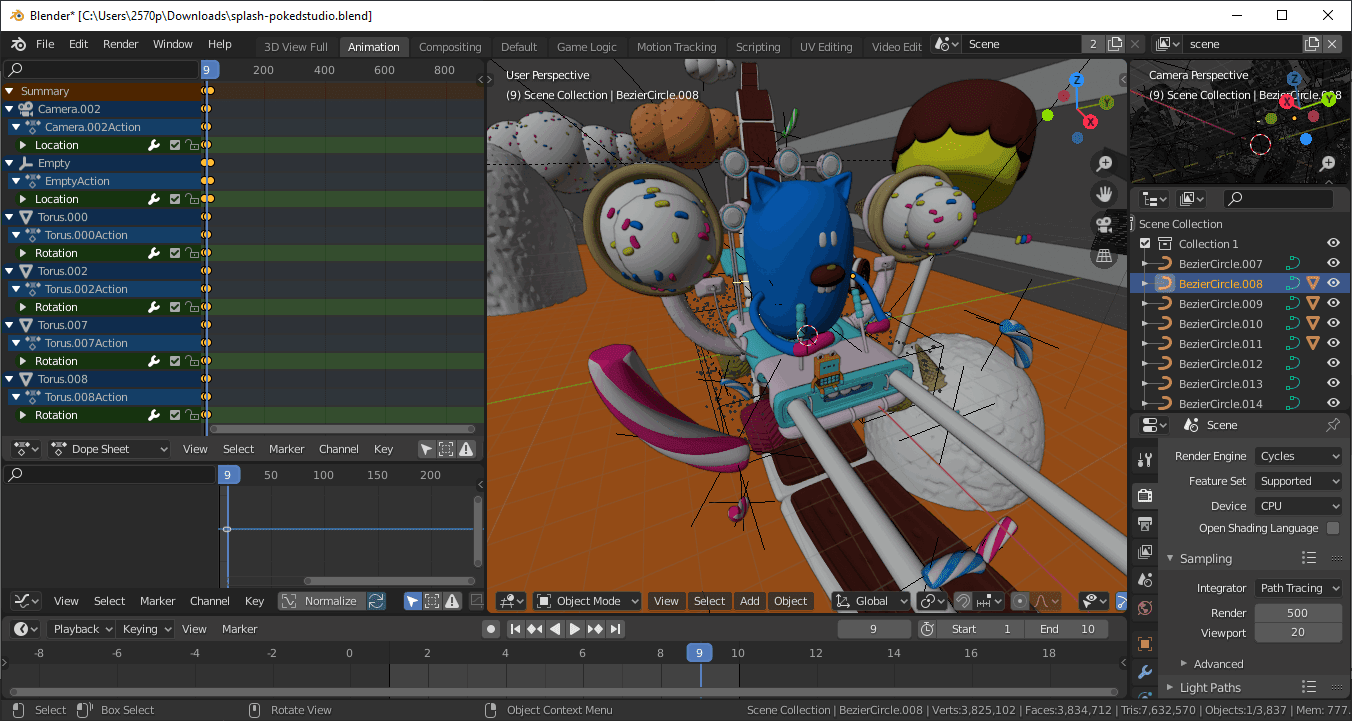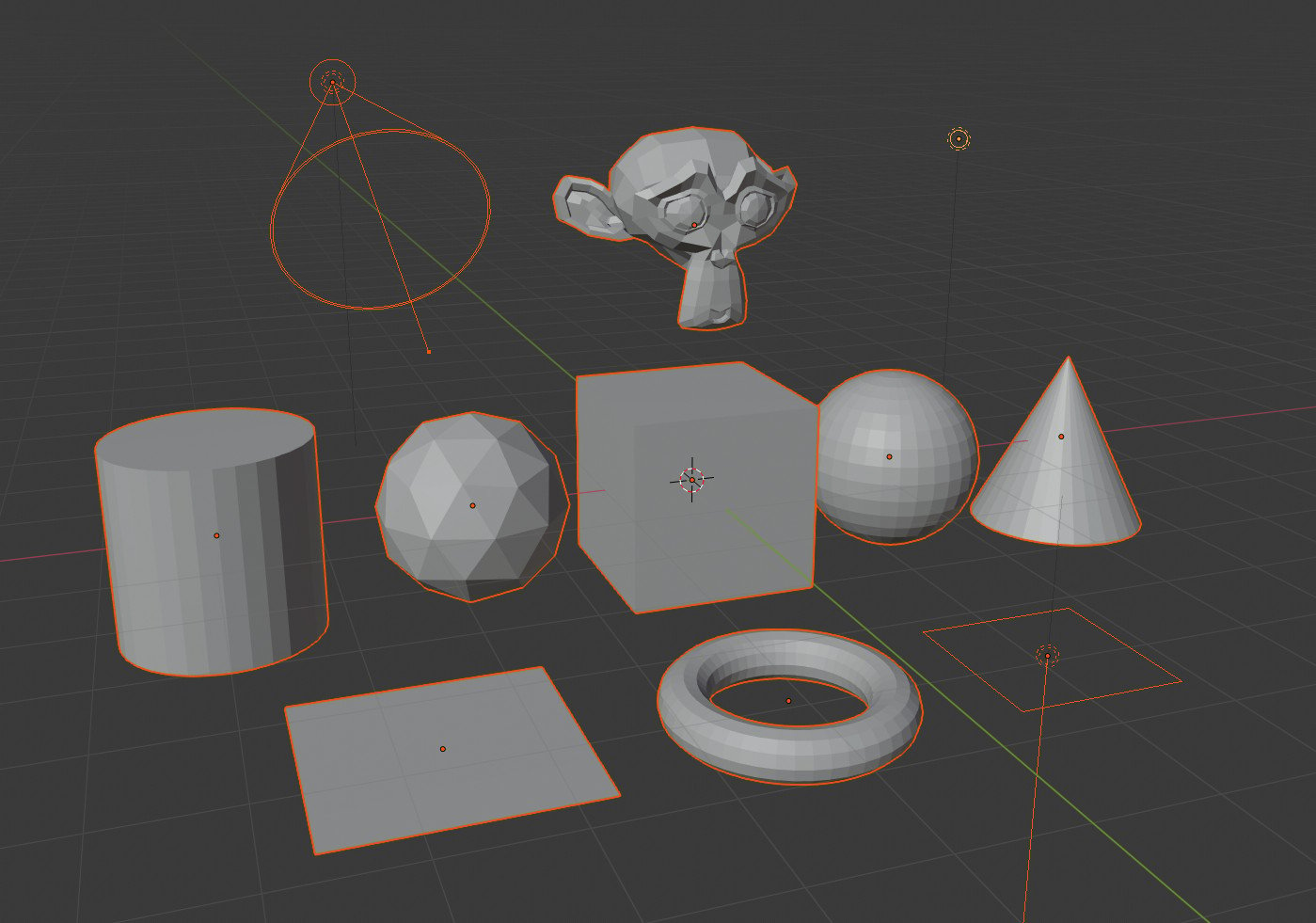


A wide array of functions at your fingertips Given the latest accomplishments regarding photo-realistic graphics and the momentum gained by hardware powering virtual reality experiences, those who are eager to try materializing their ideas into the digital environment cannot go wrong with one of the most comprehensive animation and modeling utilities known as Blender. ), get true elevation data from the NASA SRTM mission.Īnd more : Manage georeferencing informations of a scene, compute a terrain mesh by Delaunay triangulation, drop objects on a terrain mesh, make terrain analysis using shader nodes, setup new cameras from geotagged photos, setup a camera to render with Blender a new georeferenced raster.Throughout the past century, with every technological marvel, talented and inspired individuals have been able to not only share their creations more easily with the rest of the world, but also broaden their horizons in terms of the mediums through which concepts and feelings are expressed, with some of the most impressive breakthroughs being seen in the three-dimensional realm. Grab geodata directly from the web : display dynamics web maps inside Blender 3d view, requests for OpenStreetMap data (buildings, roads. There are a lot of possibilities to create a 3D terrain from geographic data with BlenderGIS, check the Flowchart to have an overview.Įxemple : import vector contour lines, create faces by triangulation and put a topographic raster texture. GIS datafile import : Import in Blender most commons GIS data format : Shapefile vector, raster image, geotiff DEM, OpenStreetMap xml. Wiki - FAQ - Quick start guide - Flowchart Functionalities overview Note : Since 2022, the OpenTopography web service requires an API key.


 0 kommentar(er)
0 kommentar(er)
